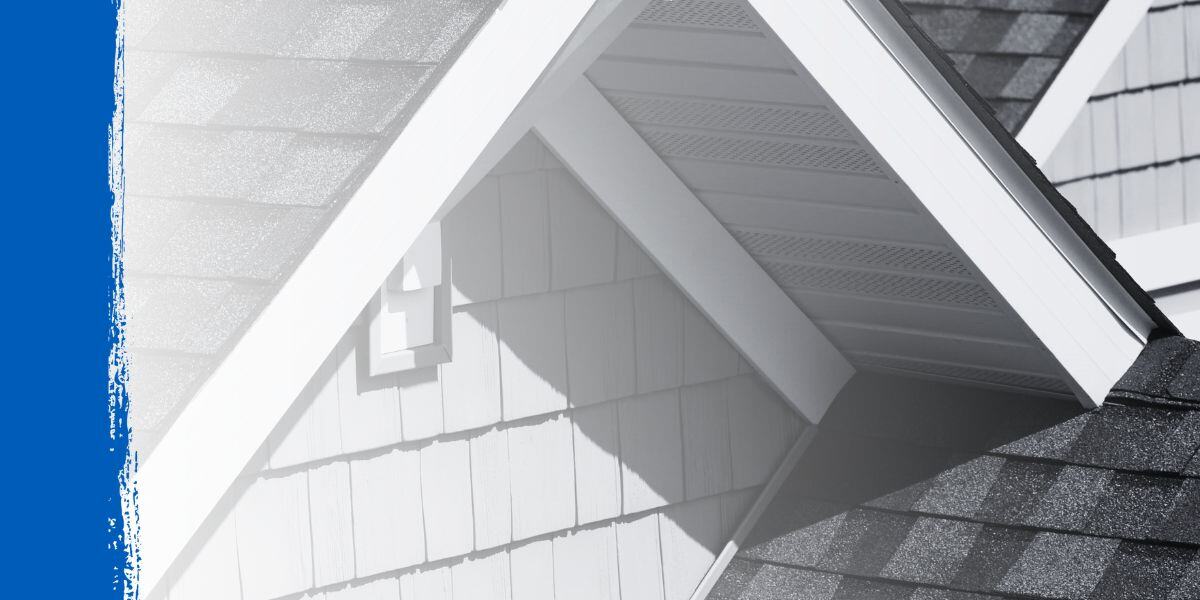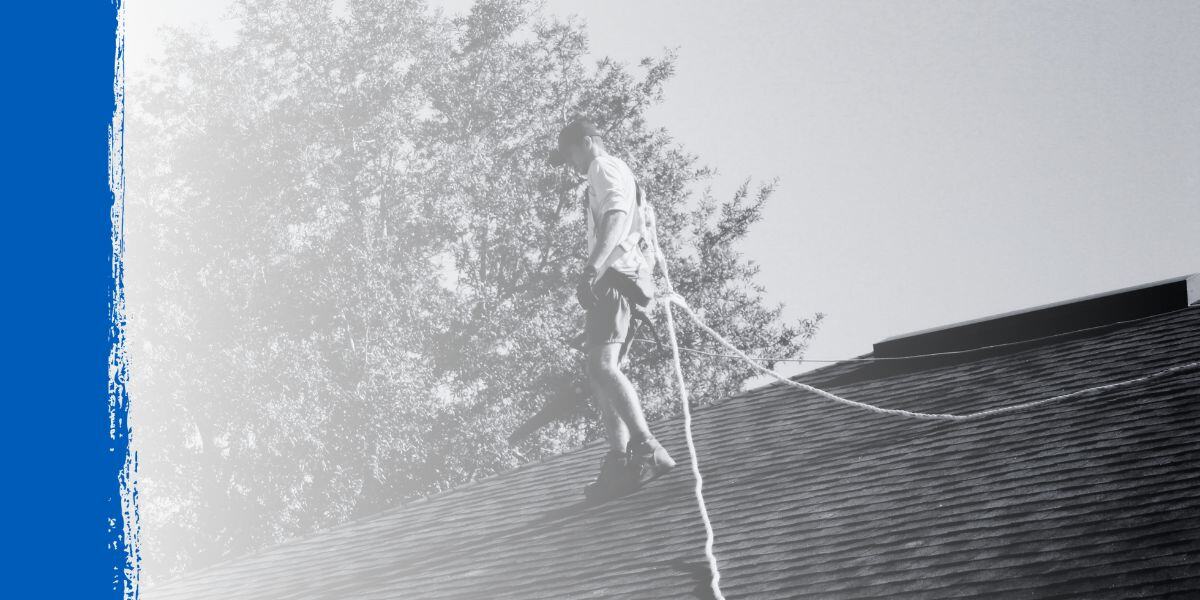When deciding on a roofing material for your home, two popular options stand out: metal roofing and shingles.
Shingle roofing, which includes asphalt and composite shingles, is popular with contractors and homeowners for its affordability and variety of styles. Asphalt shingles are widely used for new residential building projects.
However, metal roofing, such as standing seam, corrugated, and metal shingles, has gained popularity recently for its durability, energy efficiency, and eco-friendliness.
In this article, we'll compare these two roofing options to help you decide for your roof replacement and new roof construction projects.
Cost Comparison
Cost is a key factor when deciding between metal and shingle roofs.
Metal Roof Costs
Metal roofs typically have a higher initial material and installation cost than shingles, and vary greatly depending on your geographic location.
Even more, costs do vary depending on the roofing type. Corrugated sheet metal is less expensive than standing or flat seam metal roofing. You will also pay more for certain metals. Here's a list of metal roofing materials from least to most expensive.
- Galvanized steel
- Galvalume metal
- Aluminum
- Stone-coated steel
- Metal slate
- Stainless steel roofing
- Tin (Terne)
- Zinc
- Copper
Asphalt Shingle Roof Costs
Asphalt, the most common shingle roofing selection, is extremely economical financially, making it the budget-friendly option. Simple 3-tab asphalt shingles are typically the least expensive, while composite shingles and premium architectural or luxury shingles are often most expensive.
However, it's essential to consider the long-term cost-effectiveness of each material. Metal roofs have a longer lifespan. While they may require a higher initial investment, they can save you money in the long run. Additionally, metal roofs can help you save on energy costs and increase your home's resale value, which can further offset the initial expense.
Keep in mind that construction prices change over time, differ between regions, and vary by manufacturing process, material, and installation cost.
Ease of Installation
The skill requirements and duration of the installation process impact the overall cost and convenience of your roofing project. Installing metal roofing requires specialized skills and tools, making it more complex than shingle installation. Hiring experienced professionals is advisable to ensure proper fitting, sealing, and weatherproofing.
The complexity of metal roof installation results in higher labor costs and longer installation times compared to shingles. However, some metal roofing systems can be installed over an existing roof, removing the need for tear-off and reducing the overall installation time and cost.
Asphalt shingle roofing is generally less expensive to install than metal roofing. It is designed for easy installation and can be installed by experienced DIY homeowners or general roofing contractors, lowering labor costs and shortening installation times.
Durability and Lifespan
Metal roofs are exceptionally durable, with a lifespan of 40-70 years or more, depending on the type of metal and the quality of the installation. They resist weathering, fire, and pests, and metal roofs leak less often than many other roofing materials.
Composite and asphalt shingle roofs have shorter lifespans. However, they typically last 20-30 years and are durable enough for most residential building projects.
One consideration to remember: asphalt shingle roofs are more susceptible to severe weather damage, such as high winds and hail, and can crack or curl in harsh conditions.
Maintenance Requirements
Metal roofs need less maintenance than shingles. Routine maintenance for metal roofs includes:
- Visual inspections twice a year to identify potential issues
- Cleaning the roof surface periodically with a garden hose to remove dirt and debris
- Inspecting screw holes, panel seams, and penetrations for signs of damage or leaks
- Touching up any damaged finish or coating following the manufacturer's recommendations
Shingle roofs, on the other hand, require more frequent maintenance to keep them in good condition. Typical maintenance tasks for shingle roofs include:
- Regular inspections to catch problems early, such as leaks, missing or damaged shingles, and debris accumulation
- Cleaning the roof regularly using a soft-bristle broom or leaf blower to remove debris
- Trimming overhanging tree branches to prevent moss and algae growth
- Addressing leaks, missing or damaged shingles and other issues promptly to prevent further damage
Energy Efficiency
Metal roofs tend to reflect solar radiation, which helps keep your home cooler in the summer, reducing the load on your air conditioning system. They also provide good winter insulation, helping retain heat within your home. The variety of finishes available for metal roofs, such as cool-pigmented paints and reflective coatings, can further enhance their energy efficiency.
Shingles, while not as energy-efficient as metal roofs, can offer energy-saving benefits. Cool roof shingles, designed with specialized Solar Reflective Technology, can help reflect sunlight and reduce heat absorption, lowering cooling costs in warm climates.
Appearance and Design
Metal roofs come in many styles, colors, and finishes, so you can build a roof that complements the existing architecture or design. From traditional standing seam panels to more modern metal shingles that look like slate or clay tiles, metal roofs can be designed to suit various home styles.
Architectural asphalt shingles also provide a diverse array of aesthetic choices. Asphalt shingles are manufactured in many colors and styles, from traditional three-tab shingles to dimensional and architectural shingles that offer a premium, textured appearance. Composite shingles can mimic the look of slate, wood, or clay tiles.
Choosing the Right Roofing Material
When deciding between metal roofing and shingles for your home, several factors should be considered:
- Budget constraints and financing options: Consider your initial budget and long-term cost savings. Asphalt shingles are budget-friendly with a multi-decade lifespan. Metal roofs are longer-lasting, but they have a higher upfront cost.
- Climate and environmental conditions: Evaluate your local climate and weather patterns. Metal roofs perform well in areas prone to severe weather, while shingles may be more suitable for milder climates.
- Personal aesthetic preferences: Choose a roofing material that complements your home's style and satisfies your aesthetic preferences.
- Long-term home ownership plans: If you plan to stay in your home for many years, investing in a durable, long-lasting metal roof may be a wise choice. If you wish to sell your home soon, shingles may be a more cost-effective option.
Whatever your decision, LS Building Products has the roofing materials you need for roof replacement and new construction projects. We stock a comprehensive selection of asphalt shingle roofing and metal roofing, as well as tile roofing, flat roof systems, and wooden shingles and shakes.
.png?width=98&height=67&name=Logo%20(13).png)
 Metal Roofing vs. Shingles: Choosing the Right Roof for Your Home" loading="lazy">
Metal Roofing vs. Shingles: Choosing the Right Roof for Your Home" loading="lazy">

-1.jpg)
-2.jpg)


